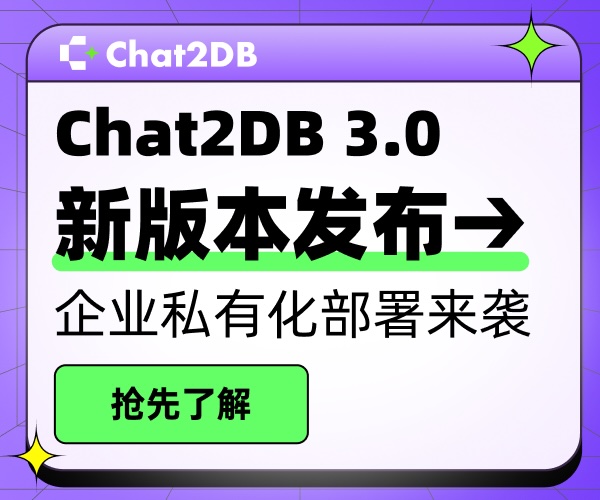调度模式·Worker-Channel-Request
以下代码在《Java多线程设计模式》(结城浩著,博硕文化译,中国铁道出版社,2005)第8章"Worler Thread --等到工作来,来了就工作"代码基础上改进而得。
改动主要为:
(1)提炼了IRequest接口
(2)添加了终结工作线程的方法。
参与者:
Client--委托方。
Channel--生产线
Request--生产任务
WorkerThread--工作线程
委托方把Request放入Channel中。Worker从Channel中取出Request,进行加工。
代码:
Channel.java
public class Channel
{
private static final int MAX_REQUEST = 100;
private final IRequest[] requestQueue;
private int tail; // 下一个putRequest的地方
private int head; // 下一个takeRequest的地方
private int count; // Request的数量
private boolean stoped = true;
private final WorkerThread[] threadPool;
public Channel(int threads)
{
this.requestQueue = new Request[MAX_REQUEST];
this.head = 0;
this.tail = 0;
this.count = 0;
threadPool = new WorkerThread[threads];
for (int i = 0; i < threadPool.length; i++)
{
threadPool[i] = new WorkerThread(this);
}
}
public void startWorkers()
{
this.stoped = false;
for (int i = 0; i < threadPool.length; i++)
{
threadPool[i].start();
}
}
public synchronized int getCount()
{
return this.count;
}
public synchronized boolean isStoped()
{
return this.stoped;
}
public synchronized void stopWorkers()
{
this.stoped = true;
}
public synchronized void putRequest(IRequest request)
{
while (count >= requestQueue.length)
{
try
{
wait();
}
catch (InterruptedException e)
{
}
}
requestQueue[tail] = request;
tail = (tail + 1) % requestQueue.length;
count++;
notifyAll();
}
public synchronized IRequest takeRequest()
{
while (count <= 0)
{
try
{
wait();
}
catch (InterruptedException e)
{
}
}
IRequest request = requestQueue[head];
head = (head + 1) % requestQueue.length;
count--;
notifyAll();
return request;
}
}
{
private static final int MAX_REQUEST = 100;
private final IRequest[] requestQueue;
private int tail; // 下一个putRequest的地方
private int head; // 下一个takeRequest的地方
private int count; // Request的数量
private boolean stoped = true;
private final WorkerThread[] threadPool;
public Channel(int threads)
{
this.requestQueue = new Request[MAX_REQUEST];
this.head = 0;
this.tail = 0;
this.count = 0;
threadPool = new WorkerThread[threads];
for (int i = 0; i < threadPool.length; i++)
{
threadPool[i] = new WorkerThread(this);
}
}
public void startWorkers()
{
this.stoped = false;
for (int i = 0; i < threadPool.length; i++)
{
threadPool[i].start();
}
}
public synchronized int getCount()
{
return this.count;
}
public synchronized boolean isStoped()
{
return this.stoped;
}
public synchronized void stopWorkers()
{
this.stoped = true;
}
public synchronized void putRequest(IRequest request)
{
while (count >= requestQueue.length)
{
try
{
wait();
}
catch (InterruptedException e)
{
}
}
requestQueue[tail] = request;
tail = (tail + 1) % requestQueue.length;
count++;
notifyAll();
}
public synchronized IRequest takeRequest()
{
while (count <= 0)
{
try
{
wait();
}
catch (InterruptedException e)
{
}
}
IRequest request = requestQueue[head];
head = (head + 1) % requestQueue.length;
count--;
notifyAll();
return request;
}
}
IRequest.java
public interface IRequest
{
public abstract void execute() throws Exception;
}
{
public abstract void execute() throws Exception;
}
WorkerThread.java
public class WorkerThread extends Thread
{
private final Channel channel;
public WorkerThread(Channel channel)
{
this.channel = channel;
}
public void run()
{
System.out.println("[Thread]: WorkerThread " + this.getName()
+ " start!");
while (true)
{
if (channel.getCount() <= 0 && channel.isStoped())
{
System.out.println("[Thread]: WorkerThread " + this.getName()
+ " stop!");
stop();
}
else
{
IRequest request = channel.takeRequest();
try
{
request.execute();
}
catch (Exception e)
{
System.out.println(e.getMessage());
}
}
}
}
}
{
private final Channel channel;
public WorkerThread(Channel channel)
{
this.channel = channel;
}
public void run()
{
System.out.println("[Thread]: WorkerThread " + this.getName()
+ " start!");
while (true)
{
if (channel.getCount() <= 0 && channel.isStoped())
{
System.out.println("[Thread]: WorkerThread " + this.getName()
+ " stop!");
stop();
}
else
{
IRequest request = channel.takeRequest();
try
{
request.execute();
}
catch (Exception e)
{
System.out.println(e.getMessage());
}
}
}
}
}
Client方调用方法:
(1) 首先初始化Channel,设定工作线程数。
int workerCount = ......;
channel = new Channel(workerCount);
(2)启动生产线
channel.startWorkers();
(3)放置Request
channel.putRequest(aRequest);
(4)下班了--停止生产线
channel.stopWorkers();
workers把目前生产线上的Request处理完后,自己Stop掉自己。
版权所有,欢迎转载



